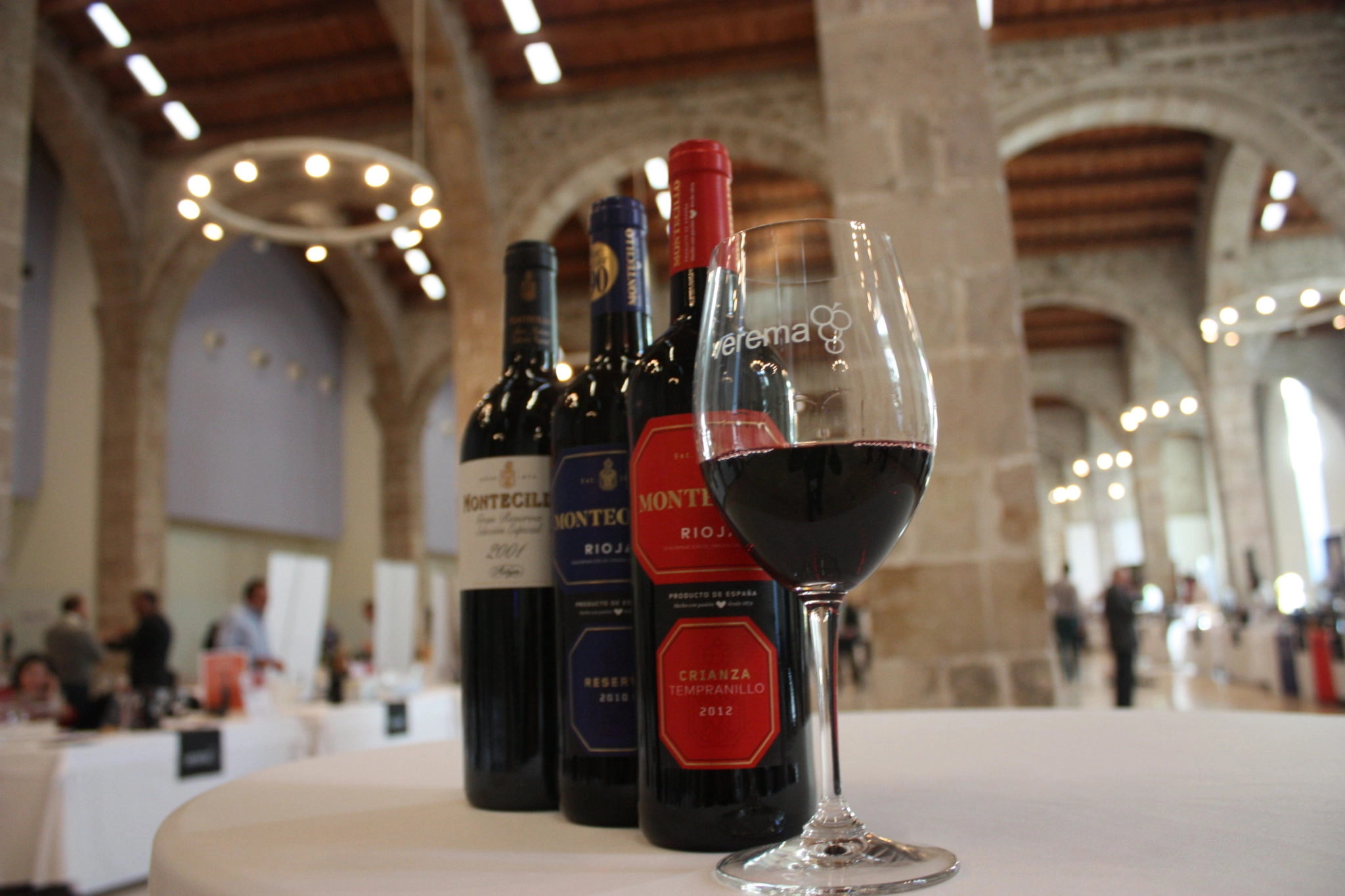As to be expected the word tannin has come up in the course of our series about different aspects of the world of wine, and the truth is, we haven’t explained what it means. Yet.
The first thing to point out is that we are talking about a substance that is also present in other products and/or foods. It is not exclusive to the wine world, far from it.
That’s right; today’s topic should be of interest even if you are not really a big wine enthusiast.
Because, in a normal diet, we all consume tannins on a daily basis.

Tannins are phenolic compounds with anti-inflammatory and astringent properties that we can find in those foods that produce a sensation of dryness and bitterness, as is the case with under-ripe fruit.
This is because this substance metabolizes saliva, converting it into nano-crystals, so it gives you this rough feeling in the mouth.
Saying this, they are of great value as part of a healthy lifestyle as they are a natural remedy against certain minor afflictions.
But the most important thing is their antioxidant action. This property consists of protecting cells from free radicals that are generated through the oxidative reactions that take place in our body and that are responsible for ageing (hence they can help prevent degenerative illnesses.)
However, as always, you should not overdo tannin-rich foods, as in large concentrations, they can inhibit the absorption of nutrients such as iron or proteins, causing deficiencies as they behave like anti-nutrients.
As we mentioned, they are not only present in wine, but also obviously in fruits like grapes, apples, dried fruits and nuts (walnuts and almonds), chocolate, tea, coffee and in plants such as spinach.
It’s important to eat the right amount of them.
So, concentrating on the wine side of things, tannins are found in the solid parts of the grape (skin and pips) and also in the oak barrels where wines often age.
Therefore white wines that haven’t spent time in a barrel will not contain tannins at detectable levels as the must doesn’t spend much time in contact with the skins during the production of these types of wines (expect on rare occasions, above all in the making of natural wines.)
They are always present in red wines as these are made using the skins, independently of their ageing.
Tannins are one of the most important things to evaluate in a tasting, as their softness can tell us a lot about the quality and the age of a wine.
The final quality of a wine depends in large part – possibly along with the acidity – on the fact that polished tannins remain.

We mentioned the age of the wine as tannins get softer the longer the wine spends in the bottle, which is why – among other things – Montecillo leaves its wines to age in glass longer than the D.O.Ca. Rioja regulations stipulate.
And it is thanks to small quantities of oxygen that the tannins combine with other tannins in a process called polymerization. When these molecules, reach a certain size over time they precipitate out and turn into sediment.
This is why older bottles of wine have sediment in the bottom, feel more elegant on the palate and appreciate in terms of their initial sale price.
As we’ve said before, tannins are very easy to recognise in the mouth due to the drying, vegetal sensation they give, which appears to stick to the gums and palate. Despite this, tannins are never a defect, completely the opposite as, as we’ve mentioned, it is one of the characteristics that a wine for long ageing should have, given the complexity and lifespan that they provide.
It is more a question of integration than presence.
Another issue is that not all varietals have the same amount of tannins.
The highest levels are found in the Bordeaux grape variety Cabernet Sauvignon, the Italian Nebbiolo and the most structured Spanish grape: Tempranillo.
And among the grapes with the lowest levels you can find Pinot Noir (Burgundy) and another flagship variety from Rioja: Garnacha.
After covering the tannin in the fruit it is time now to speak about wood, as it is another source of tannins as they dissolve into the wine through contact. Logically this happens when the wine is aged in barrels.
These are most frequently made of oak due to the flavours and qualities that it gives to the wine. We have already mentioned what American and French oak can bring to the wine, we should also point out that new barrels are more intrusive in terms of the amount of tannins that they provide, compared to other winemaking techniques.
Therefore it is crucial to know what level of barrel ageing is ideal according to the type of wine that we want to produce.
So now, you are ready to go out on a tannin hunt.
Responsible: GRUPO OSBORNE S.A.
Purpose: Attention of consultations and sending information.
Rights and additional information: You can exercise your rights regarding the processing of data and obtain additional information in the privacy policy of our website.
